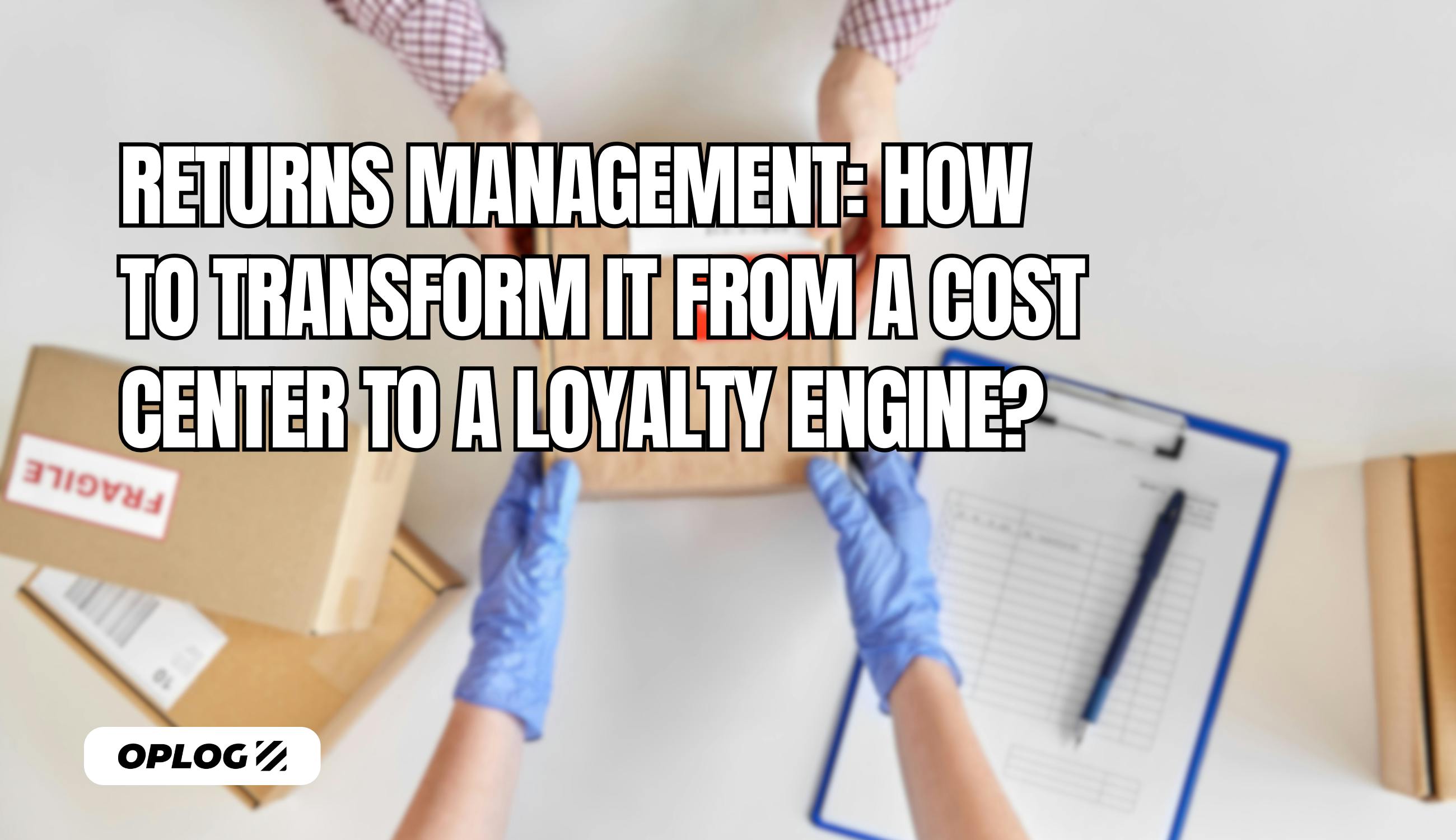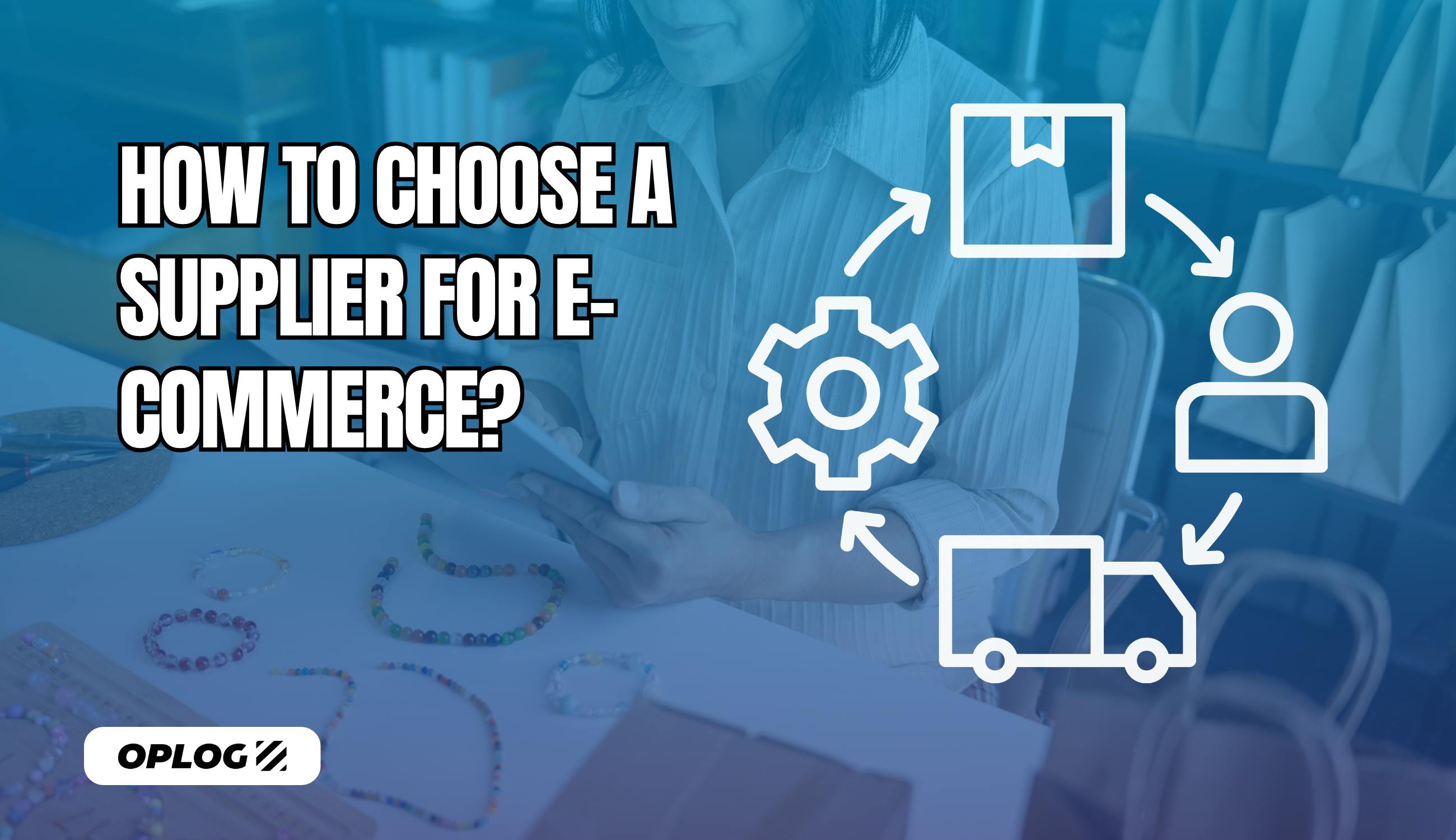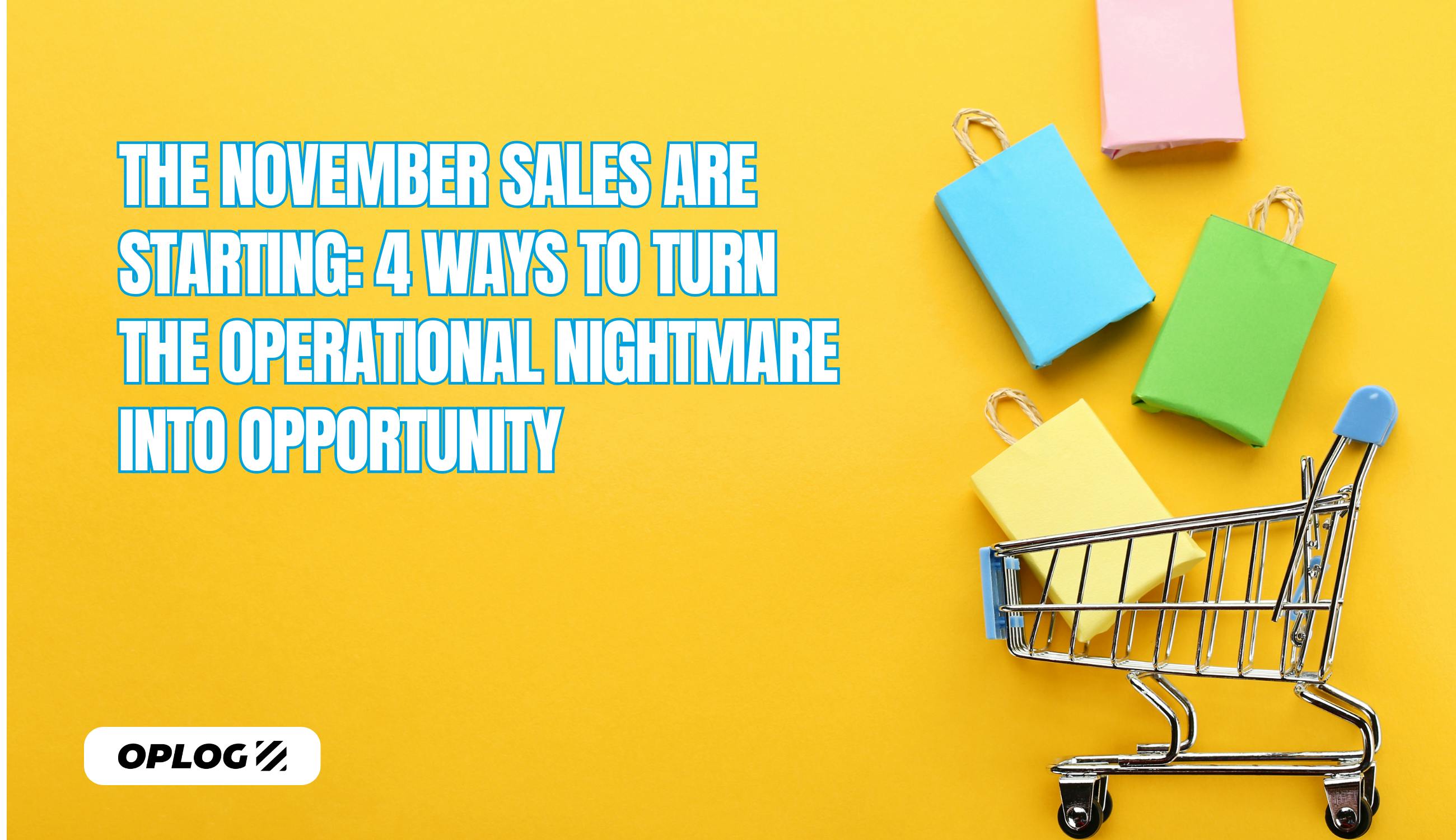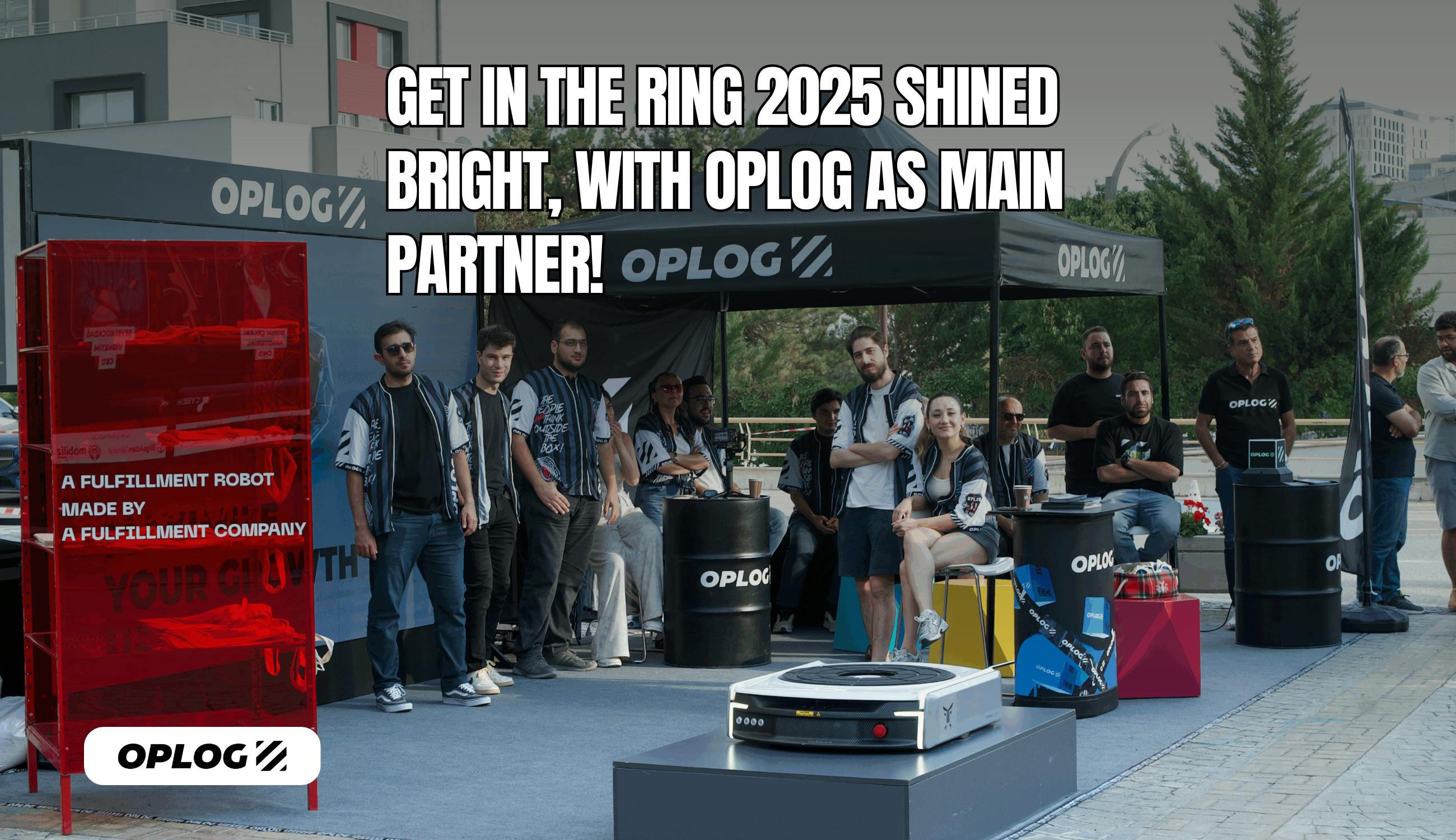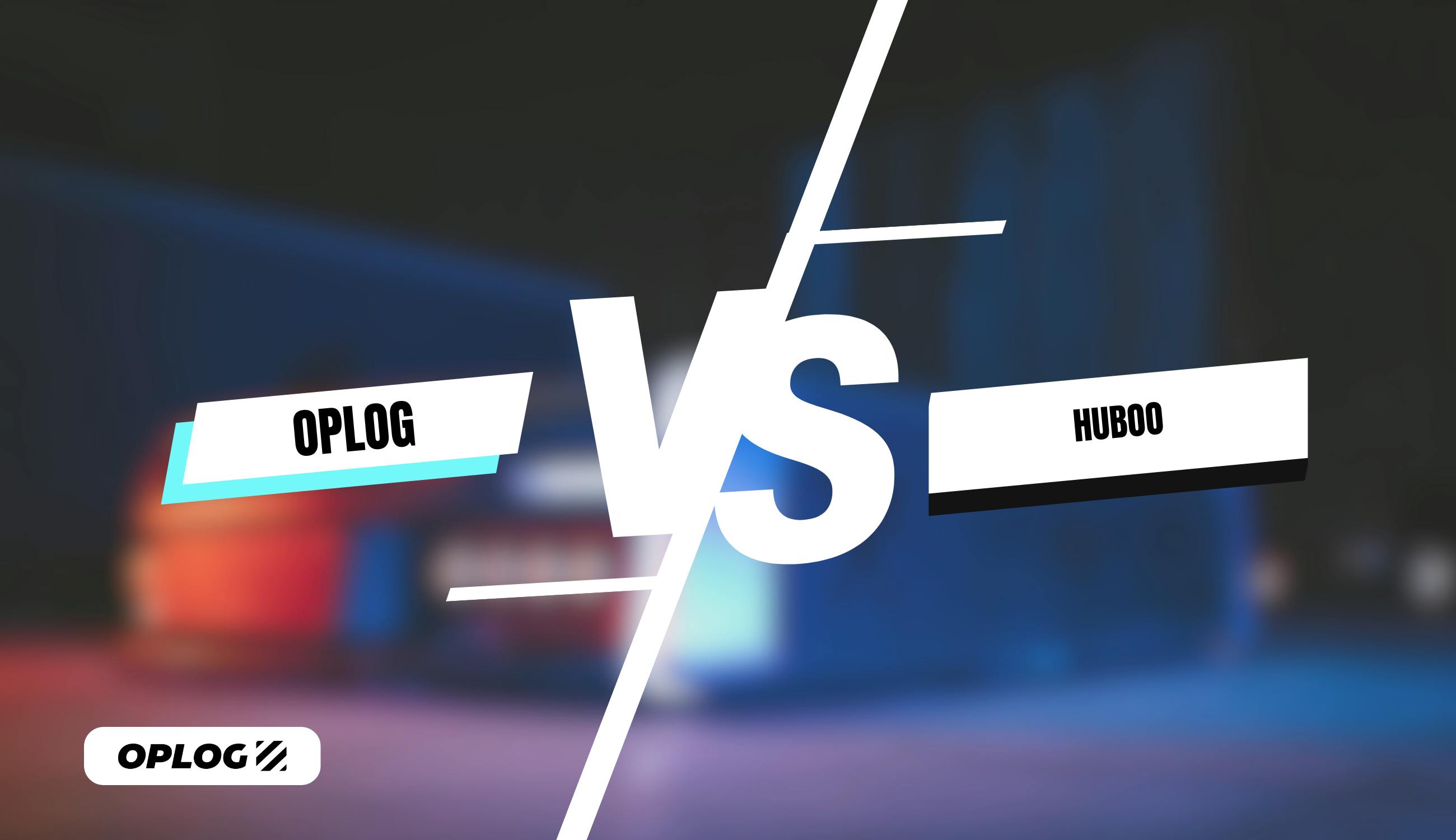Returns Management: How to Transform It from a Cost Center to a Loyalty Engine?
It’s November. In the e-commerce universe, the engines are warming up for the biggest peak season. Black Friday, Cyber Monday, 11.11, and New Year campaigns are at the door. Right now, your entire focus is on one thing: SALES. Brands have maxed out their marketing budgets, inventory levels are at their peak, and everyone is locked on breaking records. Speaking of inventory, for extra information about stock which deeply affects your e-commerce success, we can take you right here!
But what about after?
In January, we will face an inevitable reality: The Returns Tsunami.
The difference between brands that have a successful peak season and brands that have a profitable peak season will be revealed exactly in how they manage this tsunami.
For most brands, returns are an operational headache, an "expense item," and a profitability killer. But in the competitive world of 2025, smart brands are using this process not as a cost center, but as one of their most powerful customer loyalty tools.
So, how does this transformation happen? The answer isn't in panicking in January, but in setting up your fulfillment infrastructure correctly today—before the storm hits.
The Peak Season Paradox: Sales Peak, Profitability Nightmare?

Brands spend millions on marketing to acquire customers in this last quarter of the year. New customers are won, revenues soar. However, for those working with traditional logistics and 3PL (Third-Party Logistics) models, this bright picture has a dark side:
Invisible Costs: Every return package means a wasted shipping fee, labor time spent on manual inspection, and repackaging costs.
Rigid Contract Structures: Traditional 3PL providers often lock you into long-term contracts based on fixed square footage and fixed staffing costs. What does this mean? When you increase capacity to handle the 2-month return spike in January and February, you continue to pay for it even when that capacity sits empty for the other 10 months of the year. This is fundamentally why many companies have started migrating to innovative 3PLs.
Inventory Management Disaster: The biggest loss from post-peak season returns is the slowness of re-inducting the product into sellable inventory. In manual processes, a returned M-size blue sweater being put back into stock as an L-size red sweater (and then being shipped incorrectly to another customer) leads to disaster.
Lost Sales Opportunity: You cannot sell a product that has returned to your warehouse but appears as "out of stock" because it was processed too slowly. That product is a missed opportunity, perhaps for another customer visiting your site for a January sale.
For these reasons, the returns process, coded as an "expense item," silently erodes the profitability of all that marketing effort. These are just a few of the mistakes Turkish e-commerce brands make. For the others, you can check out the comprehensive guide we wrote on this topic.
The Deciding Moment: The Returns Policy is a Purchase Driver
The rules of the game have changed. Especially during this period of intense gift shopping, the consumer looks at one thing before hitting the "Add to Cart" button: Your Returns Policy.
The modern consumer accepts upfront that a mistake might happen (wrong size, didn't like it, etc.). What matters to them is how quickly and seamlessly the brand will provide a solution when that mistake occurs.
An easy and transparent returns policy is a "risk reducer" that removes the biggest friction point before a purchase. The customer shops with much more confidence, assured that "I can easily return it if I don't like it."
A returns process with complex forms, vague timelines, and "unreachable" customer service, however, causes you to lose that customer before they even confirm their cart.
In short, a good returns process is one of your most powerful conversion boosters for this peak season. Loyalty is the reward earned at the end of this process.
Proactive Preparation for the Tsunami: Tech-Driven Fulfillment

You cannot build a better process during the returns tsunami. When that moment comes, you are either ready, or you drown.
Preparation starts today. At OPLOG, we prepare brands for this inevitable peak with three core technological and operational strengths:
1. Cost Control: The PAYG (Pay-As-You-Go) Model
The biggest problem with returns is the unpredictable volume and the fixed costs it brings.
The Traditional Model's Problem: If you work with a 3PL, they will charge you for "additional staff" and "extra space" to cover the January return volume. But what happens in March when returns go back to normal? You continue to pay the rent for that empty space and the cost of idle staff.
The OPLOG Solution: Our PAYG (Pay-As-You-Go) model fundamentally changes this equation. With us, you have no fixed rent or staffing costs. Did your return volume increase 5x after the peak season? No problem. Our infrastructure flexes to meet this demand, and you only pay for the actual transaction (the return received, the product inspected). Your fixed costs become variable costs.
2. Speed and Accuracy: Robotic Returns Management (TARQAN)
The second biggest problem with returns is getting products back into sellable inventory quickly and accurately.
The Sectoral Challenge: Especially in sectors like Footwear and Fashion, which are our areas of expertise, SKU (Stock Keeping Unit) variety is massive. A shoe can have 10 colors and 12 sizes. In manual operations, mixing up these products is very easy.
The OPLOG Solution: Our robotic fulfillment automation, TARQAN, was designed to manage this complexity. When a returned product reaches the warehouse, it is re-introduced into our system after quality control. TARQAN robots pick up that product (e.g., "Blue, Size 43, Left Foot") and place it back in its stock location flawlessly. This process is many times faster than manual operations and runs with over 99.9% accuracy.
3. Transparency and Trust: The OPLOG ONE Platform

The first rule of loyalty is trust. Trust begins with transparency. In traditional logistics processes, a return is a "black hole" for both the brand and the customer.
The OPLOG Solution: Our proprietary technology platform, OPLOG ONE, illuminates this black hole.
For the Customer: Your customer can track in real-time that their return has reached the warehouse, passed quality control, and that their refund has been approved. This eliminates "where is my money?" anxiety.
For the Brand: From your OPLOG ONE dashboard, you see in real-time which products are being returned and for what reasons. This isn't return data; this is product development data. (Perhaps there's a chronic sizing issue with that sweater's M-size?)
Conclusion: Win 2026's Loyal Customer in 2025
This massive peak season is an opportunity to win new customers.
The January returns process is your first (and perhaps last) chance to turn those new customers into loyal ones.
If you want your customers to shop with you again, you don't need to shower them with record-breaking discounts; you need to offer them a transparent, fast, and flawless returns experience they can trust.
Let your competitors drown under a mountain of return packages in January, while your robots turn your returns back into profitable sales.
For traditional, rigid 3PL providers, returns will always remain an "expense item". But for technology-driven, robotic, and flexible fulfillment partners like OPLOG, returns management is the loyalty engine that builds your brand's future.
